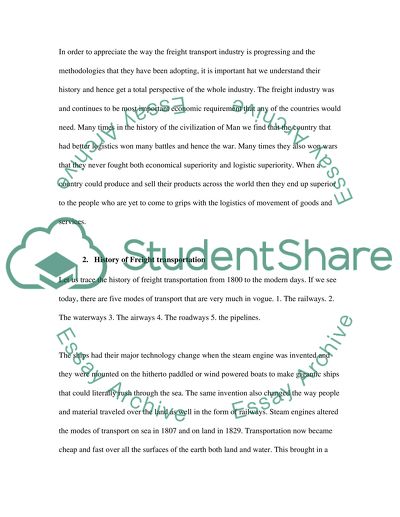Cite this document
(“Advantage and Disadvantages of different modes of transport on a Essay”, n.d.)
Retrieved from https://studentshare.org/miscellaneous/1503166-advantage-and-disadvantages-of-different-modes-of-transport-on-a-global-scale
Retrieved from https://studentshare.org/miscellaneous/1503166-advantage-and-disadvantages-of-different-modes-of-transport-on-a-global-scale
(Advantage and Disadvantages of Different Modes of Transport on a Essay)
https://studentshare.org/miscellaneous/1503166-advantage-and-disadvantages-of-different-modes-of-transport-on-a-global-scale.
https://studentshare.org/miscellaneous/1503166-advantage-and-disadvantages-of-different-modes-of-transport-on-a-global-scale.
“Advantage and Disadvantages of Different Modes of Transport on a Essay”, n.d. https://studentshare.org/miscellaneous/1503166-advantage-and-disadvantages-of-different-modes-of-transport-on-a-global-scale.


